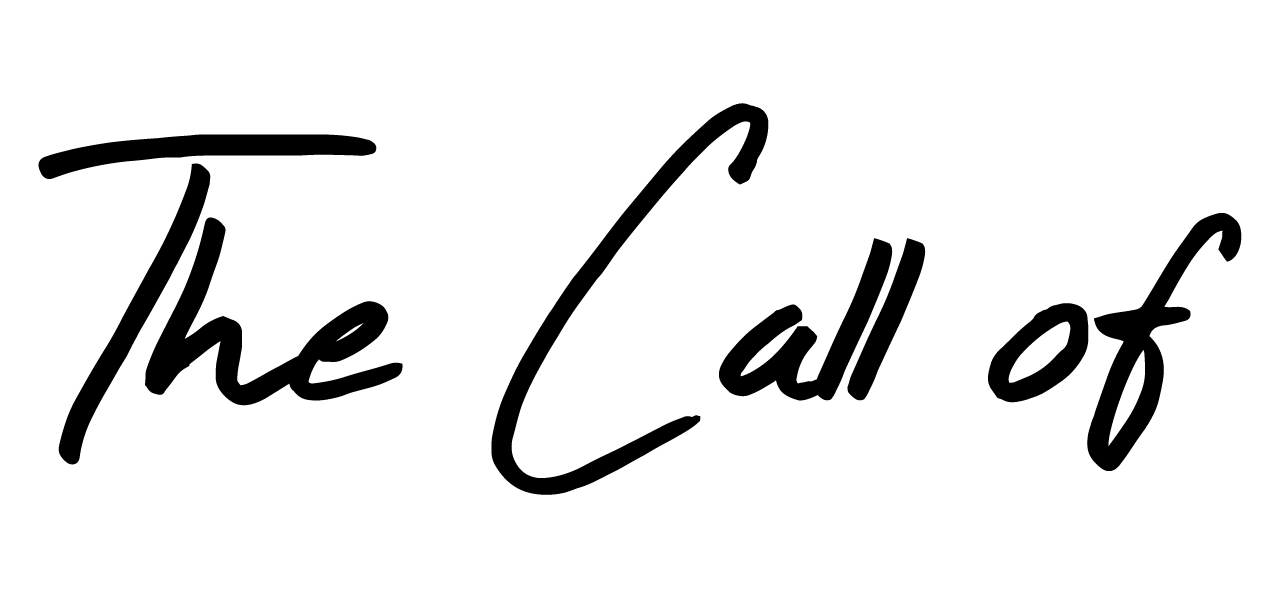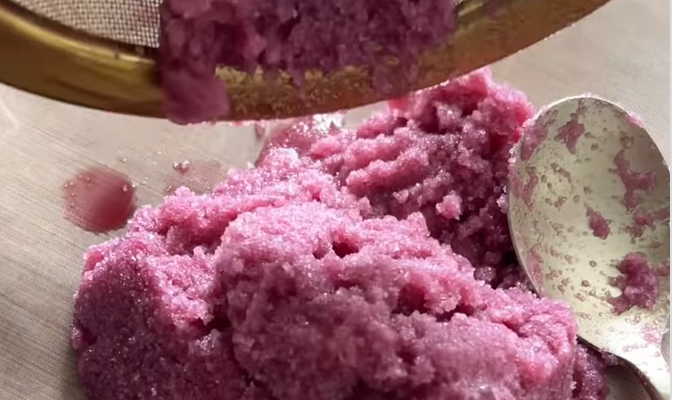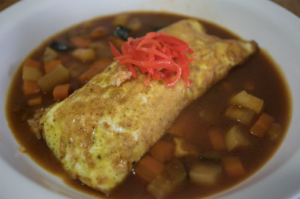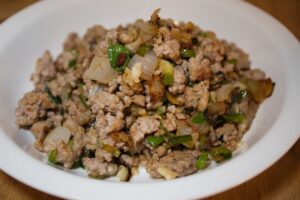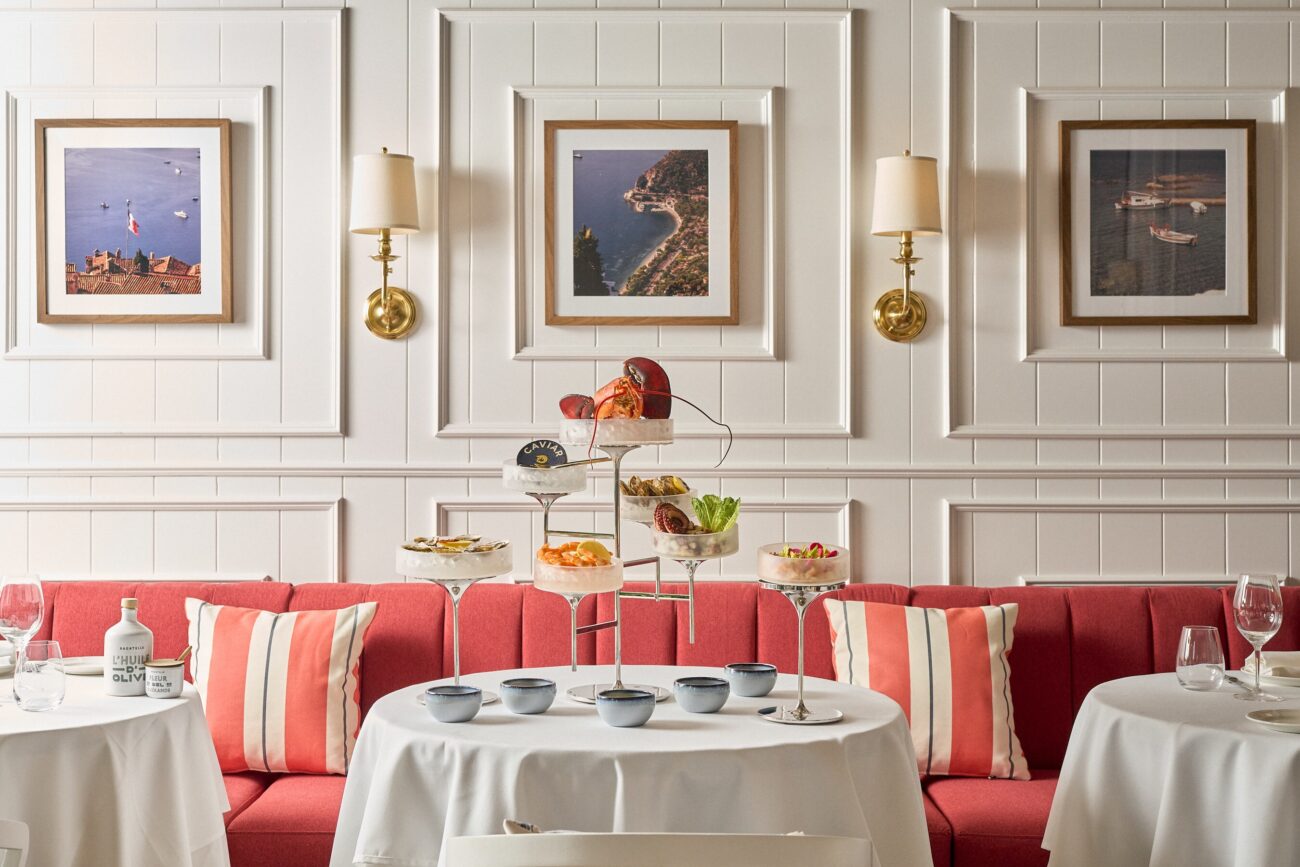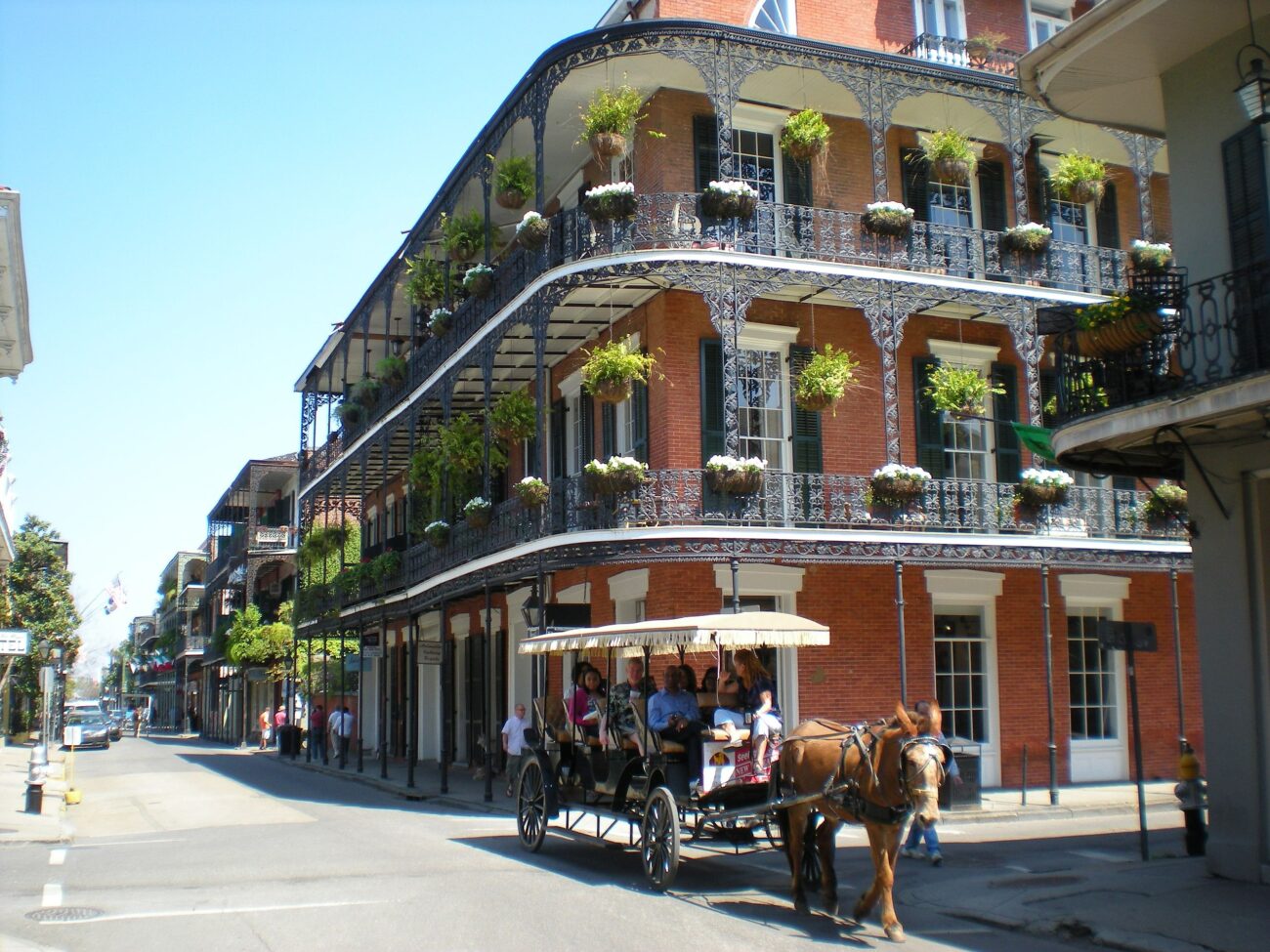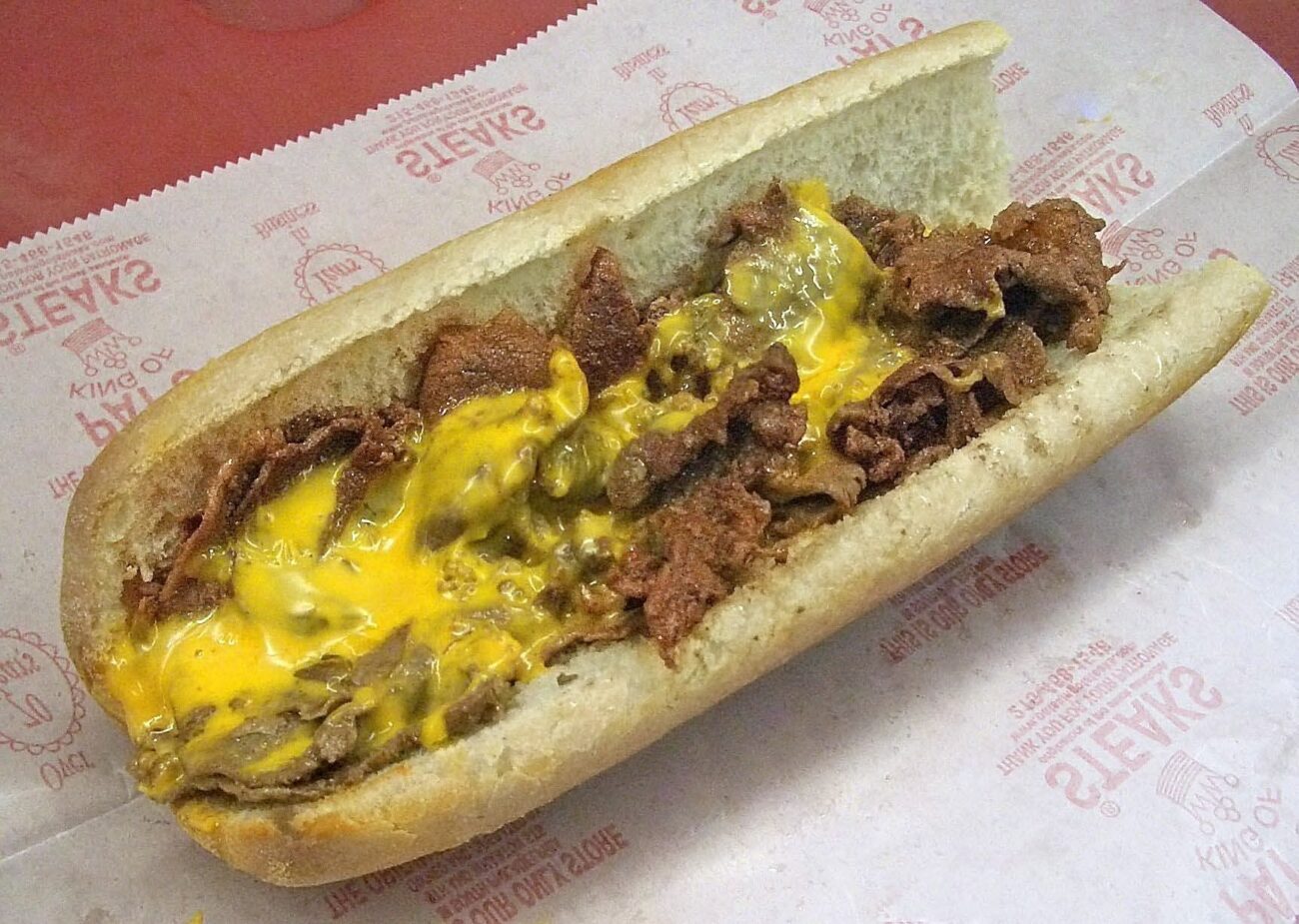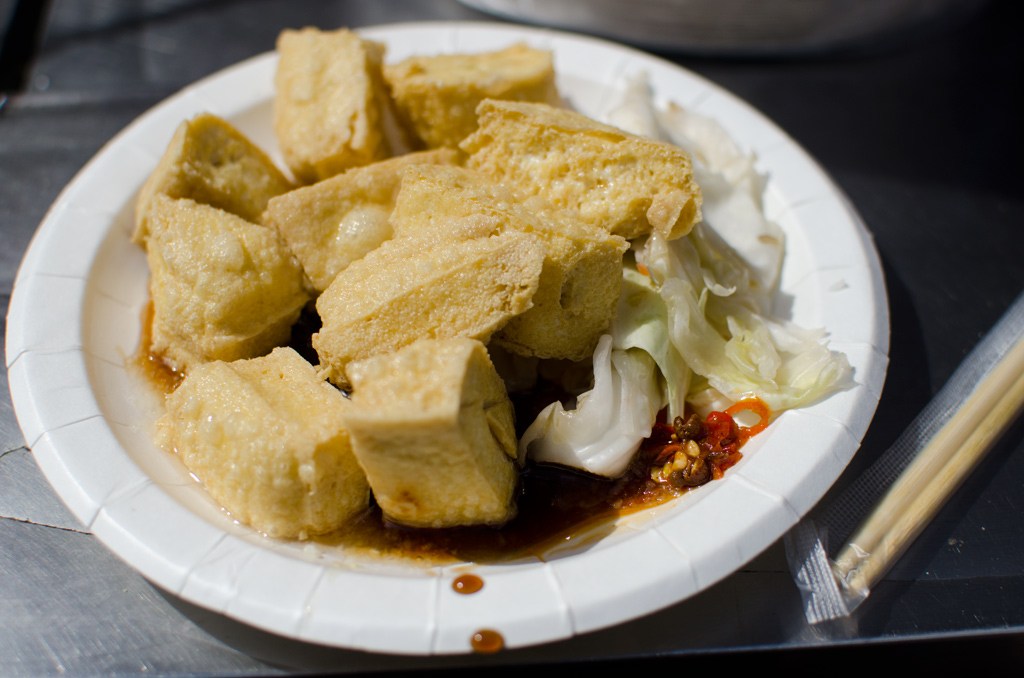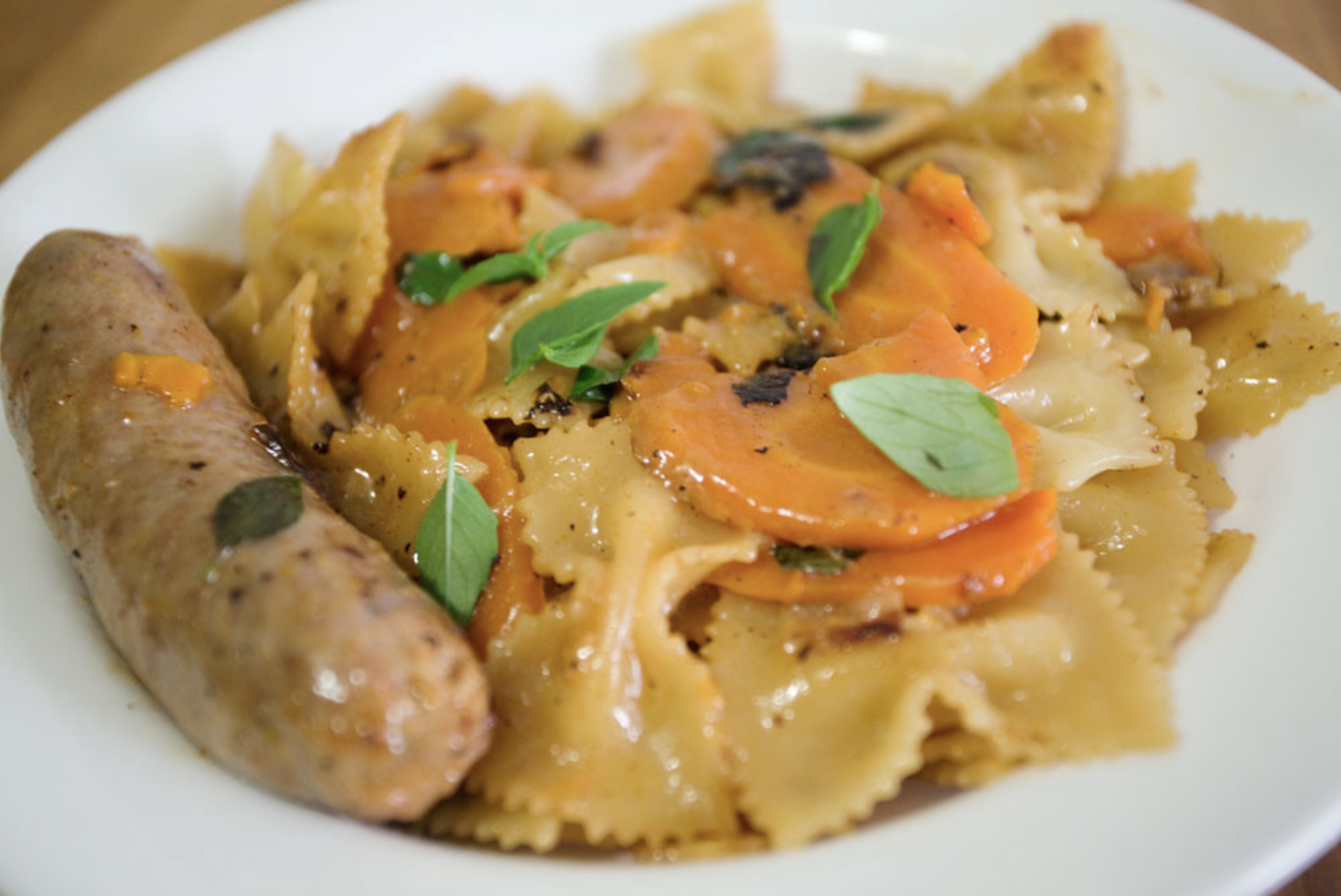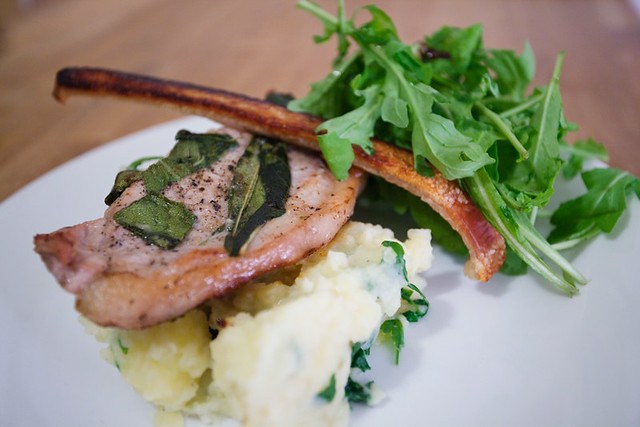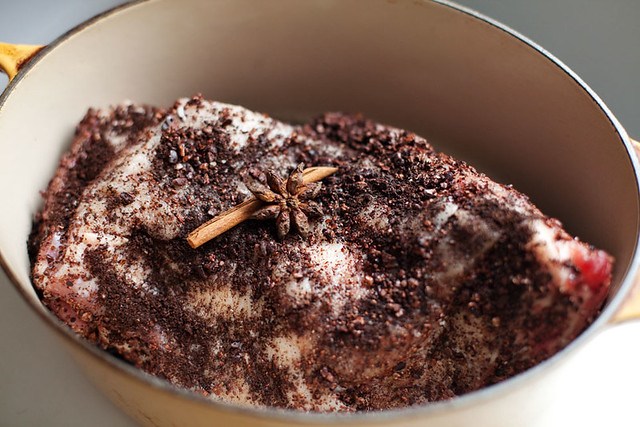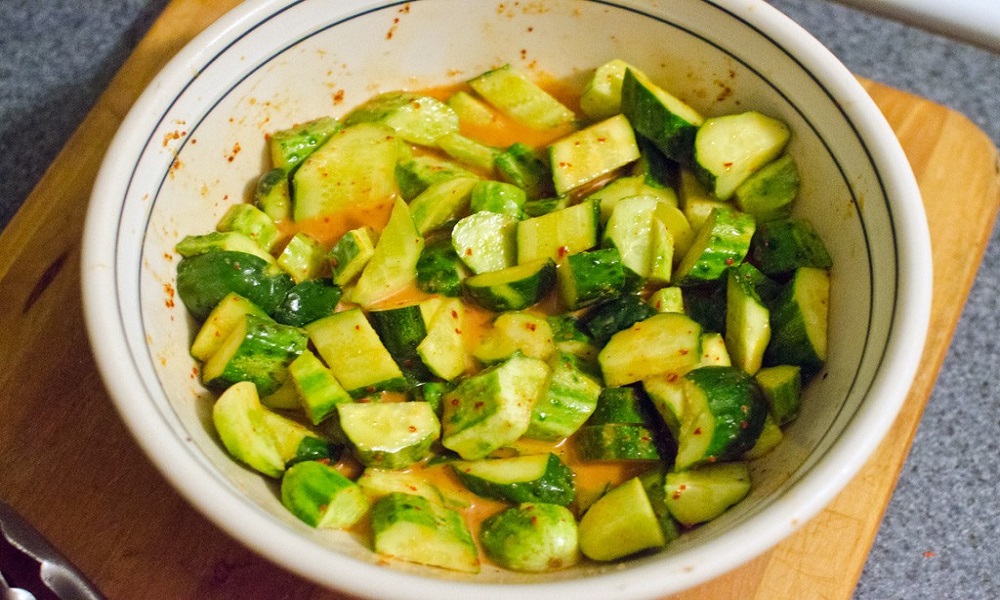Burgundy crystals cascade over seared steak, each granule carrying the complex notes of red wine concentrate. This isn’t ordinary finishing salt—it’s red wine salt, a viral culinary creation that transforms two pantry staples into gourmet seasoning. The concentration process intensifies wine’s natural flavors regardless of label accuracy—a crucial advantage since alcohol levels on wine bottles are often misleading. Social media food creators have accumulated millions of views showcasing this surprisingly simple technique that infuses coarse salt with wine’s fruity depth and tannic richness. The result marries savory intensity with wine’s nuanced complexity, creating a versatile ingredient that elevates everything from grilled meats to vanilla ice cream.
From Viral Video to Kitchen Staple
Content creator Kait Welch sparked widespread interest when her red wine salt demonstration garnered millions of views across social platforms. The technique’s visual appeal—watching ordinary salt transform into jewel-toned crystals—combined with its accessibility has made it a favorite among home cooks seeking gourmet results.
Unlike complex culinary projects, this method demands minimal skill or equipment. Equal parts wine and salt rest together for at least an hour, allowing flavors to meld and colors to deepen.
• Combine 1/2 cup coarse salt with 1/4 cup red wine
• Rest mixture for 1–24 hours for deeper infusion
• Drain excess wine through fine strainer
• Spread on baking sheet and dry at 290°F for 45 minutes
• Store in airtight container to prevent clumping
Wine Selection Makes the Difference
Full-bodied, bold reds deliver maximum flavor impact, while high-acidity wines contribute brighter, livelier notes to the finished salt. Fruit-forward varieties provide richer color and subtle sweetness that complements both savory and sweet applications.
Very sweet wines should be avoided unless a dessert-style finish is desired. The drying process concentrates flavors, so bold characteristics become more pronounced in the final product-a transformation that highlights why vintage matters beyond marketing appeal. Therefore bold characteristics become more pronounced in the final product.
Beyond Traditional Applications
Red wine salt transcends typical seasoning boundaries. Sprinkle it over grilled lamb chops or earthy mushroom risotto for savory depth. The unexpected sweetness pairs beautifully with dark chocolate desserts or creates dramatic contrast when rimming cocktail glasses.
Creative cooks have discovered its gift potential—small jars of homemade red wine salt offer personal touches that store-bought seasonings cannot match. Optional additions like fresh rosemary or cracked black pepper create signature blends.
The technique adapts easily to white wine for golden-hued variations or rosé for delicate pink crystals. Each wine type produces distinct flavor profiles, encouraging experimentation across the spectrum.
This DIY trend reflects contemporary cooking’s embrace of visual drama paired with accessible techniques, proving that gourmet results don’t require professional training—just creativity and quality ingredients.

